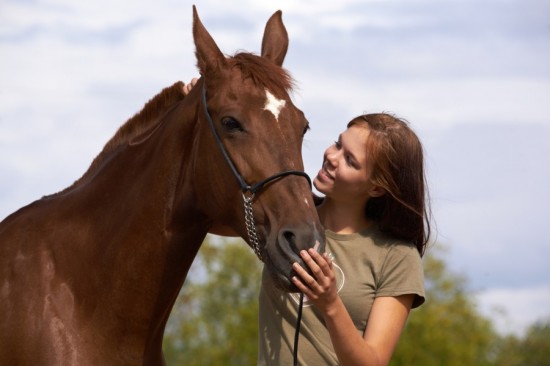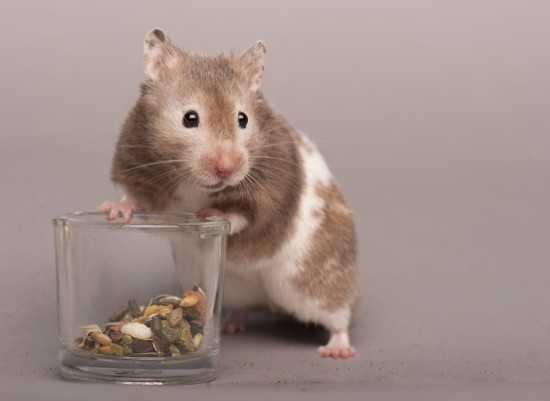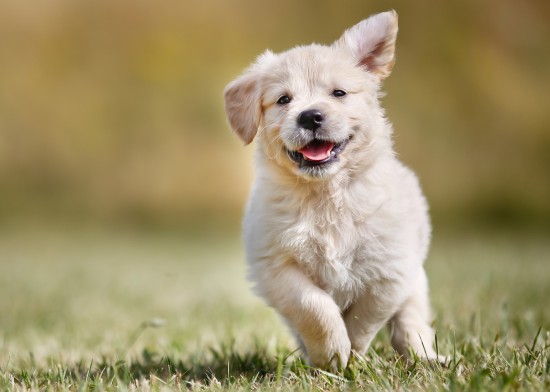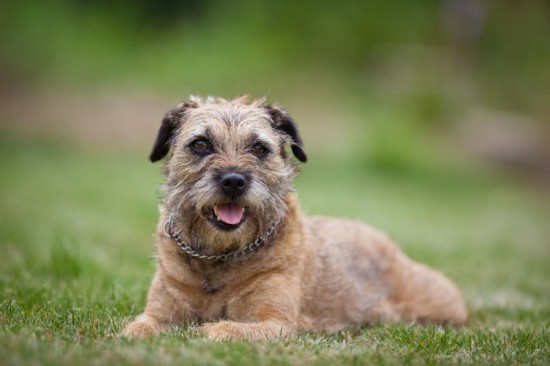

Buying a horse is not easy even for an expert and can be quite a daunting and worrying task. Here are a few pointers to try and help set you on the right track when buying a horse.
Unfortunately these are only guidelines of what to avoid and no one can “remotely”, (unless they are present on the day), tell you what to look for specifically as a rapport between horse and rider is an integral part of a successful relationship with your horse. That means riding it to see if it suits you is essential and no matter how much you like the horse if it is not possible to ride it - walk away or come back another day when you can ride it – but as riding a horse is part of buying, an owner who lets you arrive in their yard only to say the horse in question can’t be ridden, is probably hiding something.
You can ask to see the horse load, as if you intend to transport it to shows, pony club, rides and elsewhere a bad loader can be a huge nightmare.
Note: A horse that does not want to load does not indicate a bad horse but, more commonly a horse that has had a bad experience in a box, so this only matters if you want to load it to take it places.
Ask if it is sound and say you will buy it “subject to a vet’s exam” to determine if it really is sound. Find out who the vet for the yard is and get a different vet to do the exam. The yard vet may feel a responsibility to provide a sound certificate when another vet may give it an unsound one.
It is a good idea to take an experienced horse person with you and if you do not know anyone, offer to pay an instructor from a local livery yard or riding stable to go with and advise you.
Never buy on any basis where it is not 100% suitable. Buying a horse because it looks nice; is a lovely colour; is young and you can keep it a long time; the owner told you the horse has fallen in love with you and any other non-relevant thing should immediately be discarded as useless.
The horse must be of a level and type that suits you; a novice rider needs an experienced horse, a person who wishes to compete needs a mount that can do likewise, and you must feel comfortable with that horse and the horse must feel comfortable with you.
You can always ask to take the horse home on a week’s or month’s trial. The owner may agree or they might be justifiably worried about a stranger having their horse, but unless you ask you will never know.
Even if you are not an expert there are certain things that are easy to spot and are warning signs for buying that horse:
Hope this helps and enjoy your new horse when you find a suitable one.
 Information About Rodents For Potential Rodent Owners
Information About
Information About Rodents For Potential Rodent Owners
Information About
 Puppy Exercise And Growth Plate Development
Puppy Exercise An
Puppy Exercise And Growth Plate Development
Puppy Exercise An
 Perfect Pedigree Thailand - Your source for Purebred & Pedigreed puppies
Perfect Pedigree Thailand - Your source for Purebred &
Perfect Pedigree Thailand - Your source for Purebred & Pedigreed puppies
Perfect Pedigree Thailand - Your source for Purebred &
 How To Feed Your Dog A Diet That Produces A Low Waste Output
How To Feed Your
How To Feed Your Dog A Diet That Produces A Low Waste Output
How To Feed Your
 Kidney Disease In Dogs
Kidney Disease In
Kidney Disease In Dogs
Kidney Disease In
Copyright © 2005-2016 Pet Information All Rights Reserved
Contact us: www162date@outlook.com